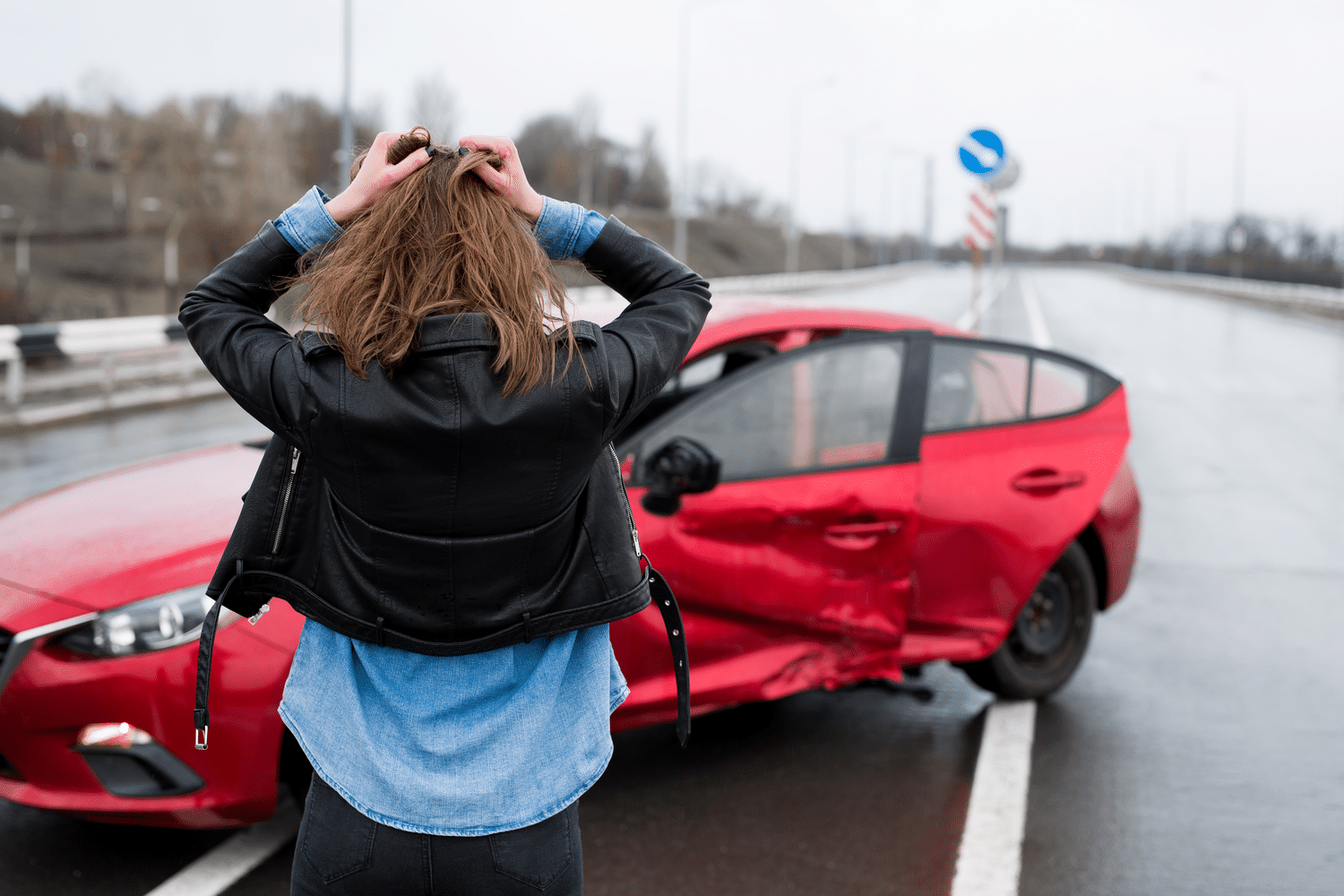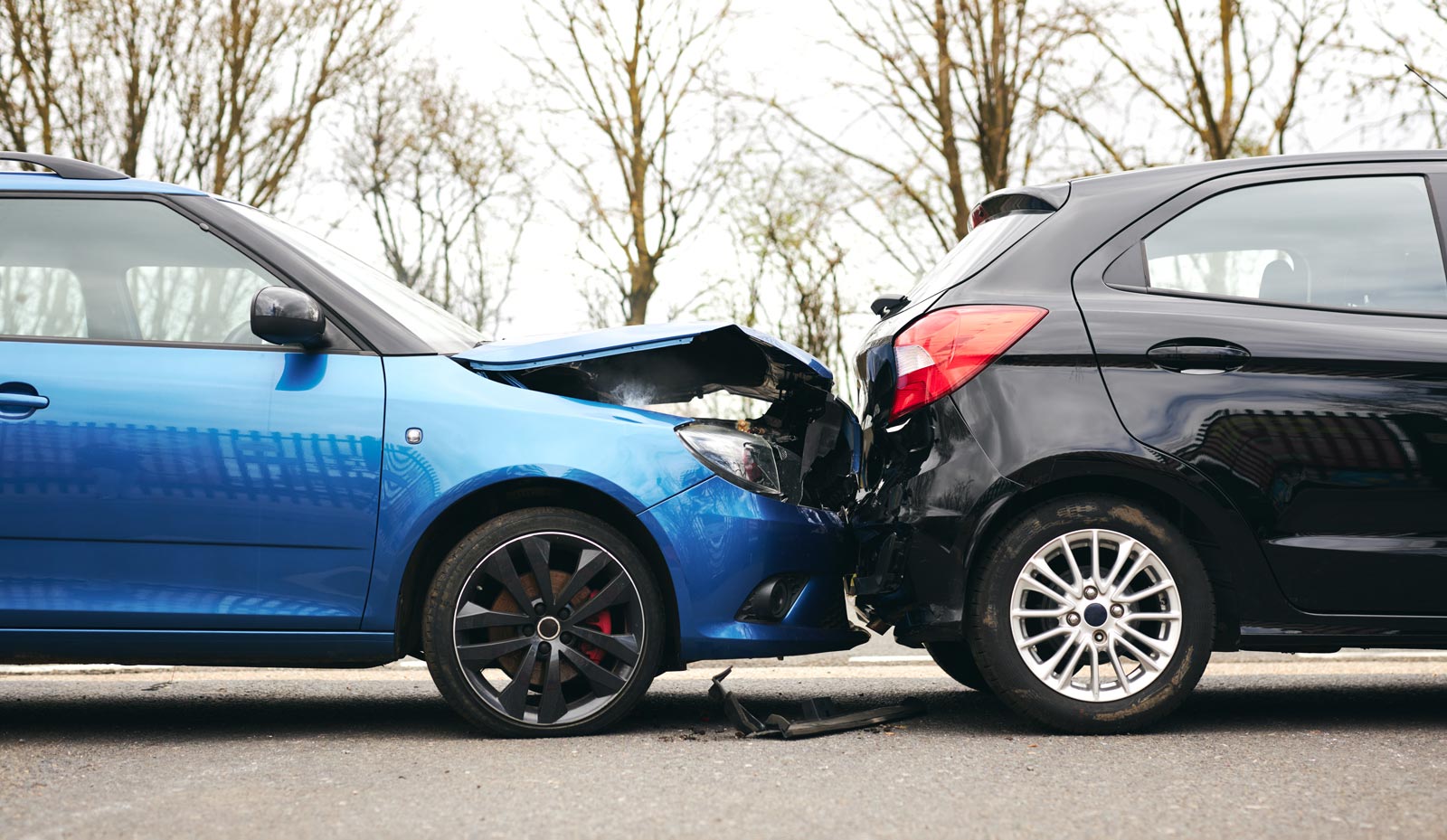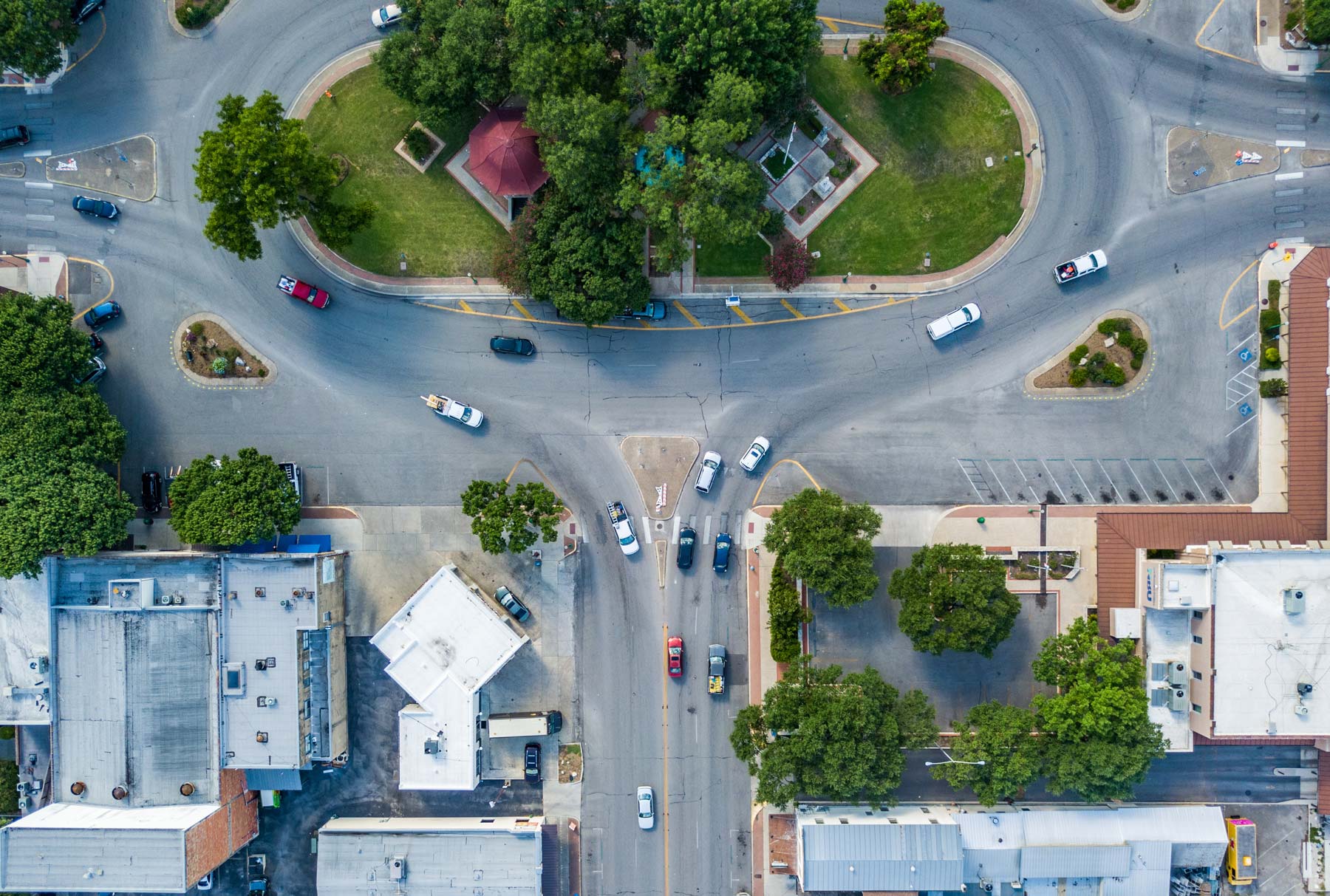“What happened!?” is one of the most common questions you’ll get after a wreck. Sometimes, the answer seems easy. Another driver ran a red light. Or they were arrested for drunk driving.
But, sometimes, that’s just part of the story. Other times, you might not have an easy answer other than, “they just came out of nowhere.”
Crosley Law’s car accident attorneys have helped people across San Antonio and Texas get the answers they deserve. Here, we explore common causes of collisions in Texas, and how we can help you prove what happened.
Texas Is a Dangerous Place to Drive
Driving in Texas isn’t quite like driving anywhere else. Texans navigate winding rural roads, busy urban streets, and our state’s many interstate highways. It can be dangerous.
Not only is Texas home to I-45 and I-35, two of most dangerous highways in America, but it also recorded more traffic accidents than any other state in 2020.
Our state also reports more roadway deaths than any other state. Not a single day has gone by without roadway injuries and fatalities in the state since November 7, 2000. That’s more than 20 years of daily traffic fatalities.
In 2020, state roadways had a total of 3,305 deaths overall, and a whopping 205,498 injuries. For those counting, that’s an average of one death on Texas roads every two hours and fifteen minutes.
The Texas Department of Transportation records a wide array of contributing factors in motor vehicle accidents every year. Some are relatively rare, like wildlife crossings, faulty trailer hitches, and road rage. However, there are four main causes of auto collisions in our state—and we’ll dig into them below.
Not a single day has gone by without roadway injuries and fatalities in the state since November 7, 2000. That’s more than 20 years of daily traffic fatalities.
Cause 1: Speed
When drivers go above the posted speed limits or drive too quickly for the road conditions, they are more likely to cause a collision. (Under Texas law, drivers are legally required to slow down in response to hazardous conditions such as harsh rain, heavy pedestrian traffic, or gridlock.)
In 2020 alone, drivers who failed to control their speed or were going above the posted speed limit were involved in 140,744 accidents. That’s more than the next two most frequent categories combined.
How Do You Prove the At-Fault Driver Was Going Too Fast?
Most drivers will deny that they were going too fast after a crash, but you can sometimes reconstruct the moments before a wreck. Engineers can evaluate the damage to your vehicle, skid marks, and other physical evidence to estimate the reckless driver’s likely speed. Surveillance footage from nearby businesses can also provide clarity.
However, if your crash involved a commercial vehicle, whether it’s an 18-wheeler or a pizza delivery car, you might have an even more powerful tool. Many businesses install telematic systems on their vehicles, which use GPS to track the car or truck’s every move. Some even have on-dash recording systems that monitor in the inside and outside of the vehicle.
If you act quickly and preserve this data, you might be able to show exactly how fast the driver was going, when they hit the brakes, and even what they should have seen if they’d been paying attention to the road. Our car accident attorneys have successfully used telematic and GPS data to negotiate multi-million dollar settlements for our clients, including Jane and Zack.
Cause 2: Distracted Driving
Talking on the phone. Eating breakfast. Performing coronary bypass surgery. What do these three things have in common?
You shouldn’t do them while driving.
Driver inattention is the second most common cause of auto collisions in Texas, and the number one cause of auto collision in the United States overall. In 2020, Texas reported at least 85,251 vehicle collisions due to distracted driving.
RELATED: Motorcyclist Receives Settlement in Distracted Teen Driver Crash
Distracted Driving Is More Common Than You Think
It’s incredibly easy to lose focus behind the wheel, and almost everyone has done it. Especially when making long trips or driving on open highways, many drivers report experiencing “highway hypnosis” — a dulled state in which the driver is hardly focusing on the road. In these moments, they are more likely to grab their phones and become distracted.
Unfortunately, collisions involving distracted driving are likely much more common than we know. A study by the National Safety Council, an American nonprofit that works to eliminate leading causes of preventable death and injury, estimates that 27% of 2015 auto accidents were caused by cell phone use. Distracted driving Cambridge Mobile Telematics studied distracted driving and found that it occurs in more than 36 percent of trips across the United States.
It’s gotten so common that this summer, TxDOT issued a public notice urging drivers to pay attention behind the wheel.
How Do You Prove the At-Fault Driver Was Distracted?
No one wants to admit that they were texting and driving or otherwise distracted at the wheel. If the police issued the at-fault driver a ticket for distracted driving (or cited it on your accident report), you’re in relatively good shape. However, distracted driving often goes unreported—and you will need to act quickly to get the data you need.
Our office frequently subpoenas cell phone records and other electronic data in distracted driving cases. That, combined with aggressive questioning during depositions (sworn testimony given by a witness or expert during a lawsuit) can help prove that the other driver was not paying enough attention to the road before the wreck.
Cause 3: Failure to Yield
Most car accidents occur at intersections. Failure to yield to traffic was cited 77.535 times in Texas accident reports, making it the third most common cause of a wreck. However, this “cause” is really a sign of some other form of underlying negligence or reckless driving.
While ignorance about Texas’ rules of the road causes some failure to yield crashes, many of them are due to distracted driving, drunk or drugged driving, or impatience.
RELATED: When Someone Doesn’t Stop: Failure to Yield Crashes in Texas
How Do You Prove Failure to Yield?
Sometimes, crashes involving a failure to yield become “he said, she said” situations. The at fault driver and their insurance companies might try to blame you, arguing that you were going too fast, rolled through a stop sign, or otherwise contributed to the wreck.
In these cases, eyewitnesses, crash reconstruction experts, GPS data, and other evidence can help you fight back.
Cause 4: Improper Lane Changes
Failure to drive in a single lane is the fourth-most common cause of auto collisions in the state of Texas. But there’s a twist — though the crashes occur less frequently than those involving distracted driving or failure to maintain safe speeds, they are far more dangerous.
A number of different events fall under this label, including:
- Darting between lanes
- Driving too close to or over the dividing line
- Making illegal lane changes
- Driving off the road
Negligent lane changes were cited as the cause of 73,710 accidents in 2020.
Veering into another lane can be a telltale sign of driver intoxication or sleep deprivation.
RELATED: Who Sideswiped Who? Here’s How to Find Out and What to Do
How Do You Prove an Improper Lane Change?
If you suspect that drowsy driving contributed to your wreck with a commercial driver, you need to act quickly. Federal laws limit the amount of time most truck drivers can be on the road, and they must keep precise logs that track their time. If the commercial driver violated these federal regulations, called the “hours of service” rules, it can streamline your personal injury case.
However, trucking companies do not have to keep these logs forever. If you wait too long, you might lose valuable evidence that supports your personal injury case. A car accident lawyer can help you preserve these logs and other company data.
In other cases, your lawyer might use police reports, cell phone data, eyewitness testimony, credit card records, and other information to prove that someone was on the road for too long and became drowsy or inattentive.
And if the other driver claims that you caused the crash, expert witnesses, surveillance and dashcam footage, and your own testimony can help your car accident lawyer fight back.
Crosley Law: Standing Up for Crash Victims in Texas
Even seemingly cut-and-dry car crashes can become complicated—and the insurance company wants to settle your case for as little as possible. If you’re not sure how proceed with your car accident claim, it’s a good idea to consult with a personal injury lawyer
Crosley Law offers no-risk, free consultations. We’ll listen to your story, review your documents, ask questions, and give you an honest assessment of your case. Our lawyers also have a “no-fee” policy, so you won’t pay us a penny unless we help you obtain a settlement or a jury award.
If you’re ready to talk to our team, call us at 210-LAW-3000 | 210-529-3000, or complete our online consultation request form.
References
Crash Contributing Factors 2020. (2021). Texas Department of Transportation. Retrieved from https://ftp.txdot.gov/pub/txdot-info/trf/crash_statistics/2020/21.pdf
Crashes Involving Cell Phones: Challenges of Collecting and Reporting Reliable Crash Data. National Safety Council. Retrieved from http://www.nsc.org/DistractedDrivingDocuments/NSC-Under-Reporting-White-Paper.pdf
The content provided here is for informational purposes only and should not be construed as legal advice on any subject.









